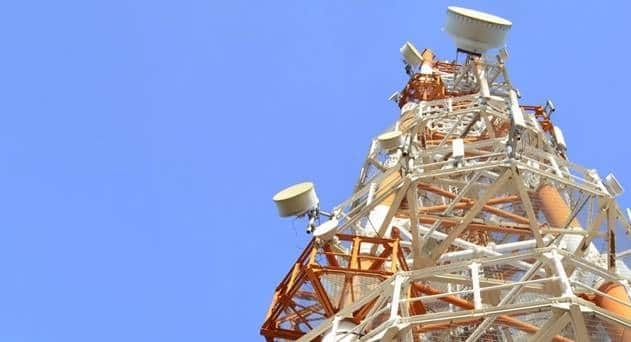Globe Telecom said it has reinforced its network strength in Boracay, the country’s premier tourist destination, through the deployment of a new technology designed to further boost its mobile data coverage and capacity in time for the LaBoracay summer revelry.
Globe claims to be the first telecommunications operator in the Philippines to make use of the massive MIMO (multiple input, multiple output) technology which can utilize existing spectrum to accommodate more users at higher data rates with better reliability.
Based on initial test results, the massive MIMO technology can provide four times the data capacity of a regular cell site as well as offer speed of up to six times depending on the number of users, said the Operator.
The massive MIMO deployment is in line with the ongoing optimization of the Globe network in Boracay in preparation for the tourist influx as the technology is ideal for places where the demand is high yet the existing spectrum has already reached its full capacity.
Massive MIMO works with handsets that support the 2600 Megahertz frequency. This frequency asset is among those that Globe gained access to following a partial acquisition of San Miguel’s telecommunication assets last year.
To fulfil its commitments, Globe went full throttle in expanding its data network infrastructure and capacity. Over the last 5 years, Globe has allocated more than a quarter of its revenues annually, amounting to $750 million per year in network investment.
Joel Agustin, SVP for Program Governance, Globe Telecom Technical Group
The massive MIMO technology is particularly beneficial in providing mobile data capacities in high foot-traffic areas so it is ideal for major tourist destinations like Boracay as well as in places where a lot of people convene such as stadiums, transport stations, shopping mall, schools and universities, and dense residential areas.




















